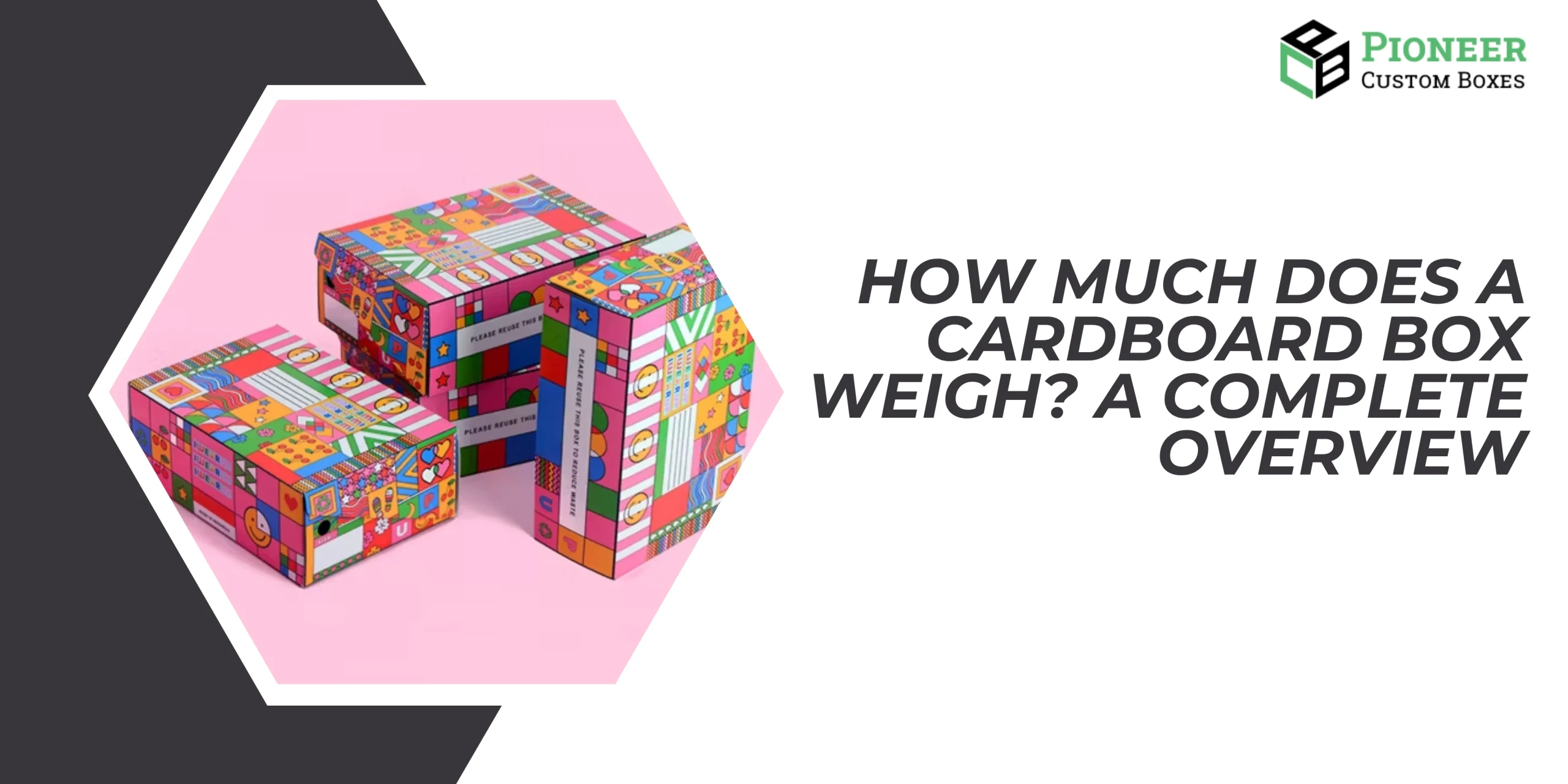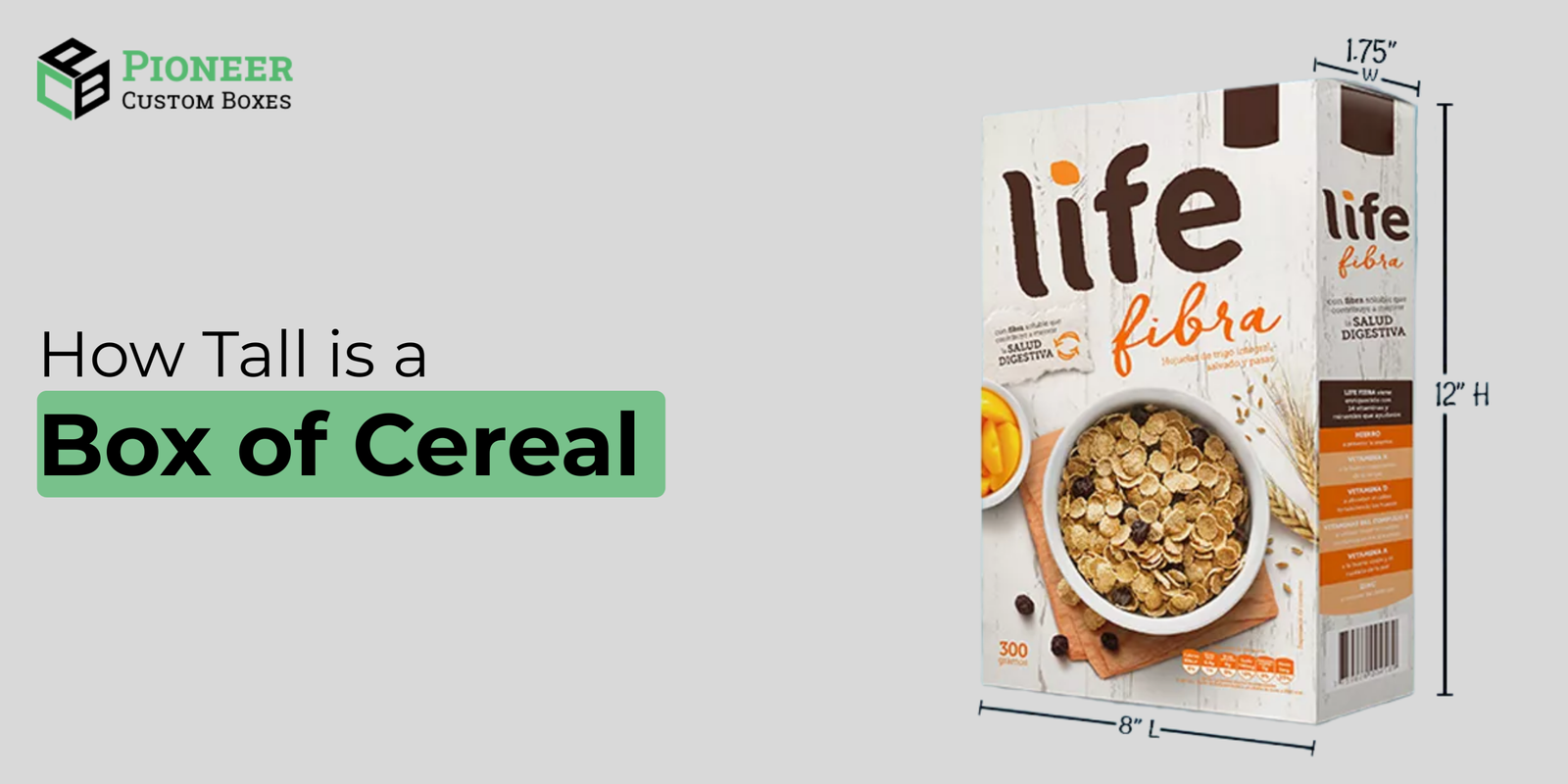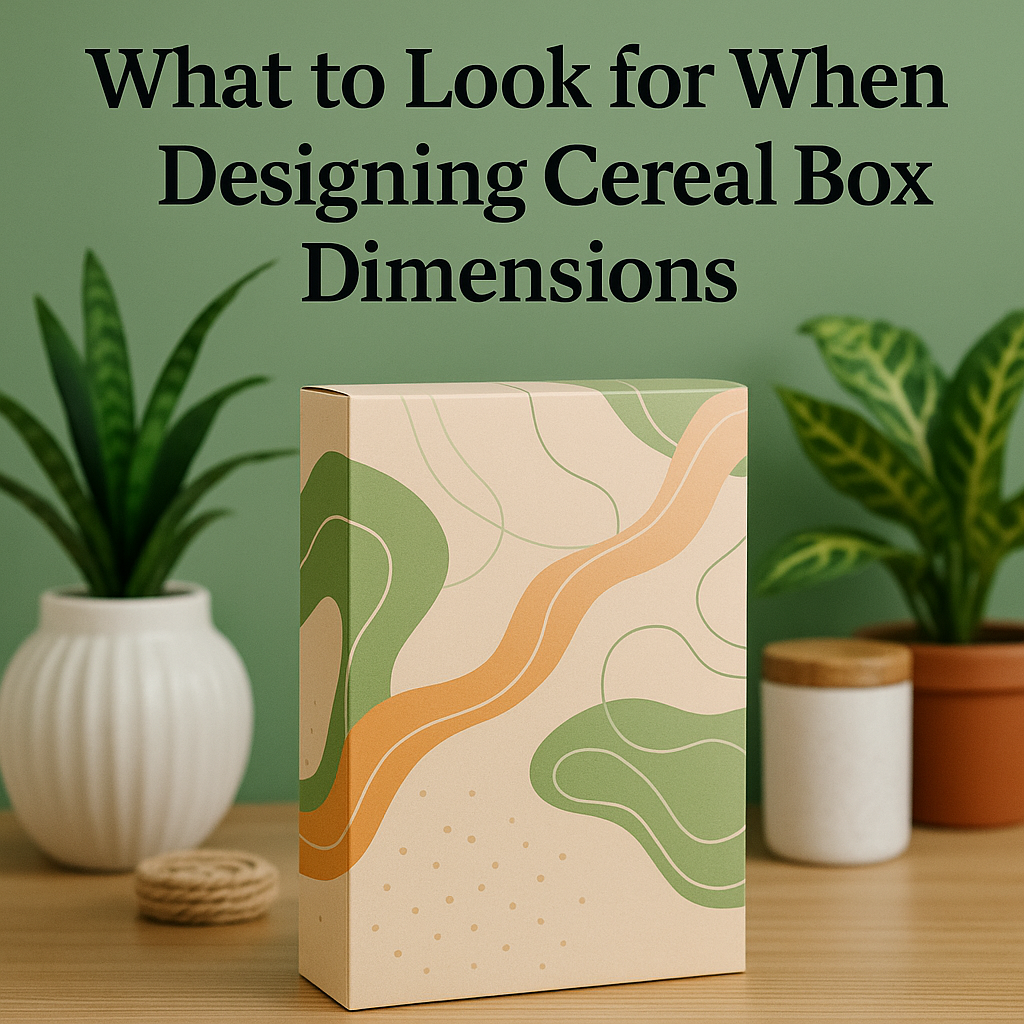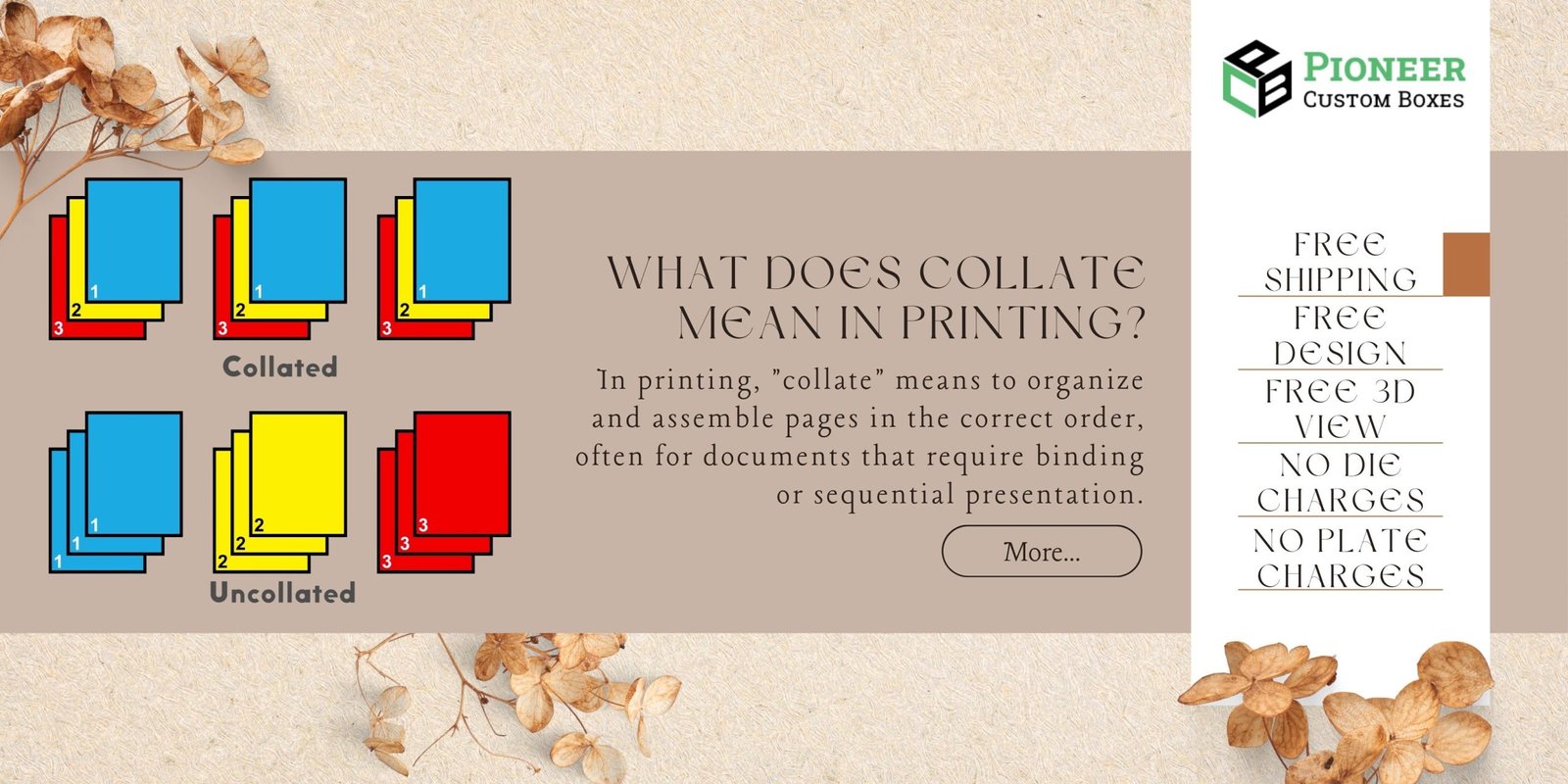As with printing, options in colors, size, and format are myriad. Of these options, collated printing is one of the most efficient and organized ways.
But what does “collate” mean in printing? Collate is simply assembling or putting together multi-page documents in order, from the first page to the last.
If you are a part of the printing business, it’s essential to know this term to increase productivity and get high-quality results.
What is Collate in Printing?
Printing, collating, time and mostly means arranging the multi page documents systematically to follow its sequence.
Collating has its obvious use for printing manuals, booklets, or even customized pizza boxes, but the result is always professional and functional.
Take custom pizza boxes for instance. Each panel must be collated correctly, otherwise the integrity of the design, and the integrity of the message given to the end user will be lost.
Definition of Collate
In layperson’s terms, collating means everything from gathering or organizing data, in this instance, pages or materials, to organizing said pages or materials in a logical sequence.
Collated Printing Explained
Collated printing means to produce multi-page documents in the same order to be used immediately. For example, if you’re printing a 10-page document, collated printing will make each set in this order: 1, 2, 3…10.
However, uncollated printing doesn’t comply with a sequence; therefore, the pages are unsorted in a random order.
Here’s a breakdown of the difference between these two methods:
Collated Printing
- The pages are printed in sequence so they are ready for binding or use.
- Example: Each set is a 10-page report printed as 1, 2, 3…10.
- The presentation, manual, or report.
Also, consider kraft box packaging for more organization. Packed with goodness, these eco-friendly boxes made from recycled materials are ideal for containing and protecting collated documents, providing a practical option while keeping the environment secure.
Uncollated Printing
- There is no ordering of pages, which are printed at random and then sorted manually.
- Example: They printed out a 10-page report with three, six, one, and ten addresses ordered randomly.
- Suitable for printing small one-page items such as flyers or posters.
When Should You Use Collated Printing?
Collated printing is most effective in the following scenarios:
- Multi-Page Documents: Very suitable for printing reports, presentations, or manuals in which order is critical.
- Binding: Collating is essential if you’re manually binding documents or using a machine to assemble them.
- Time-Sensitive Projects: Since collating saves time by eliminating the need for manual sorting, it’s clearly preferred to compiling from the ground up.
- Ink or Toner Efficiency: In the printing of multi page documents as a bulk, it assists in saving ink.
Uncollated Printing: When?
Uncollated printing is helpful in these cases:
- Booklets: Individual pages are required to be printed but in no order.
- Quality Control: It makes the printing stylized and consistent on more than one single-page item.
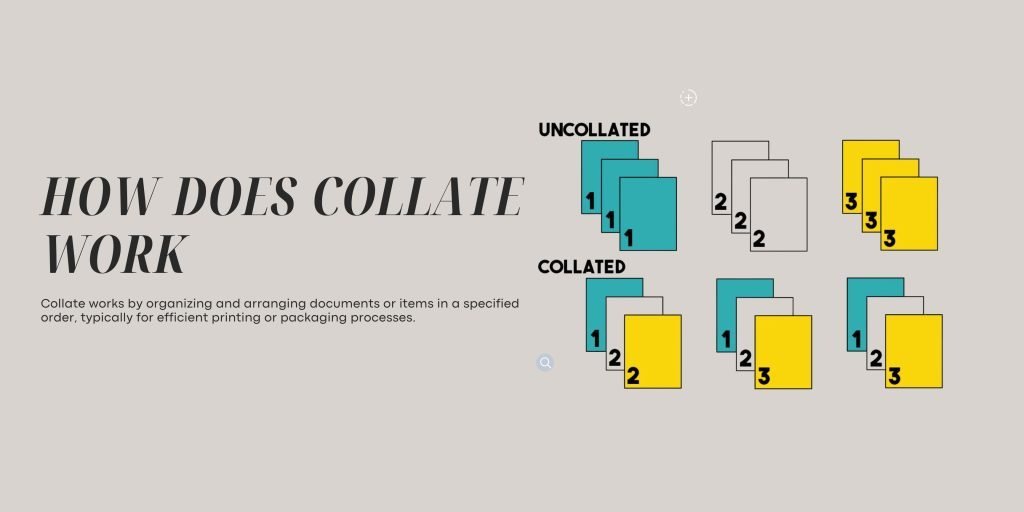
How Does Collating Work?
There are two primary methods for collating:
Manual Collation
This traditional method is purely physical in nature, whereby one physically arranges documents or pages according to the desired sequence. It is a time consuming process but is accurate for projects with specialized needs.
Automatic Collation
The software automates the organization process and transforms this into a modern approach. Automatic collation is faster (ideally better than suited to mass printing) and ensures there is less scope for error.
This is especially beneficial when packaging inserts; as you know, every package has the correct materials in perfect order.
Benefits of Collated Printing
The advantages of collated printing make it a business’ go-to option.
- Cost Efficiency: Printing to collate avoids having to bring your print job to a distribution center to sort and bundle manually. For example, printing mylar bags with collated inserts means seamless production while keeping costs low.
- Enhanced Quality: Each document is carefully aligned and consistent with automated processes.
- Faster Turnaround: Collation speeds up the speed of production, more notably for big projects.
- User-Friendly: Collated printing can get you professional results even if you’re a beginner.
Collating Use Cases
Collated printing is indispensable in various scenarios:
Reports: Prevents multi-page reports from printing out of order and maintaining readability and professionalism.
Presentations: Allows slides or handouts to be sized and kept in a folder for ease of delivery.
Instructional Guides: A must for step-by-step manuals where steps should be followed carefully by users.
Billing Documents: It groups invoices and statements for individual customers in a pleasing sequence.
Enabling Collate on your Printer
Follow these steps to activate collated printing.
- Open your document.
- Navigate to File Print or use its shortcut (Ctrl + P).
- Select your desired printer.
- You can open the printer settings from there, either Properties or Advanced Options.
- Under Page Layout or Finishing, look for the ‘Collate’ option.
- To enable this, check the “Collate” box.
- Verify the order of pages and preview before the order is set.
- Click Print to begin.
FAQs About Collated Printing
Is collate double-sided printing?
Collating means putting things in order, and duplicate printing means on both sides.
Should collation be required for a single-page document?
It’s only relevant if you have a multi-page document.
Can I collate manually?
Though yes, it is also time-consuming to do manually, and more automated methods exist.
How much time does collated printing save?
This helps to do away with the need for manual sorting and aids in the entire process.
How do we choose the best materials for collated storage?
An eco-friendly way to protect and sort collated documents is to use Kraft boxes.
In Conclusion
With collated printing, the process of producing the documents is simplified not only in terms of reduced costs but also in terms of efficiency and quality.
Collating is a function that’s as important, whether you’re printing presentations or reports or printing packaging like banker boxes, to make sure your materials are neatly in order and ready to be used.
Collated printing is able to transform your workflow and take your projects to new places with the right tools and techniques in hand.

